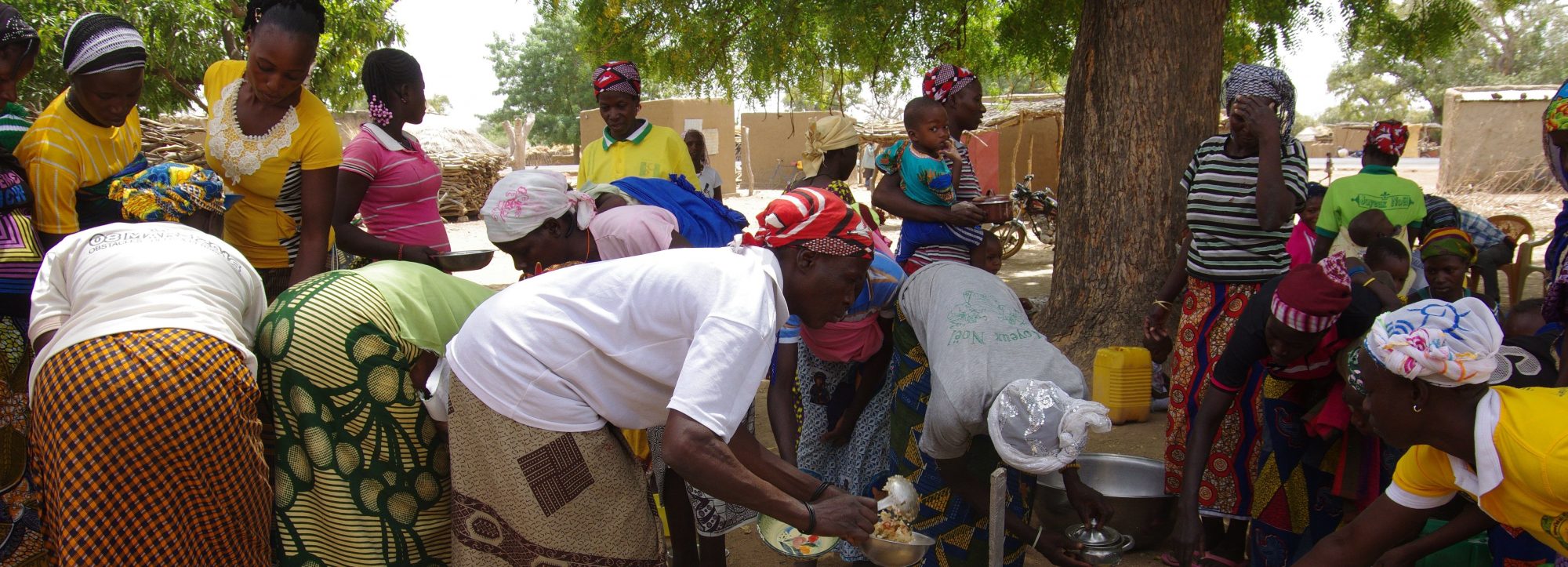By Gabriel Newman

The Canadian Government has recently changed its international aid policy to focus on gender equality and the empowerment of women and girls. In fact, it is the first country in the world to come out with a Feminist International Aid Policy. Previously, the focus was directed to specific countries but now with a new government there is a change of direction. The Executive Summary for the Policy states:
“The last three decades have seen dramatic reductions in global poverty, but not everyone has benefited equally. Hundreds of millions of people, especially women and girls, are still poor, have unequal access to resources and opportunities, and face major risks of violent conflict, climate and environmental hazards, and/or economic and political insecurity. By eliminating barriers to equality and helping to create better opportunities, women and girls can be powerful agents of change and improve their own lives and those of their families, communities and countries. This is a powerful way to reduce poverty for everyone.”
We, at World Neighbours, applaud these efforts as we have seen first hand the effect of systemic sexism on communities. These funding policies mean that should we wish to qualify for funding from Global Affairs Canada we need to make sure we meet all the criteria laid out in the new Feminist International Assistance Policy. This is easier said than done. While we have always endeavoured to encourage projects that promote gender equality within communities there are many barriers to meet these new criteria. Some of these barriers are internal, as they will force us on the Board to rethink how we approach each project. But perhaps the largest barrier lies within our partnering organizations because this is a dramatic shift of thinking and at odds with some traditional cultural norms. Supporting and empowering women in communities is certainly supported by our partner organizations but the process and expectations may not align as closely as we would like. The Policy not only wants to see certain results, it wants the entire process of aid to embody the policy objectives.
Luckily, we have some time to work with our partner organizations and provide training, if needed, to bring them up to speed before we need to apply for project funding. There are also numerous opportunities, such as webinars and training sessions, to help bring us, on the Board, up to speed on these expectations.
Admittedly, this author is definitely trying to figure out what all of this means. I will let you know as things progress. If you want to read the entire policy, check out Canada’s Feminist International Aid Policy.

